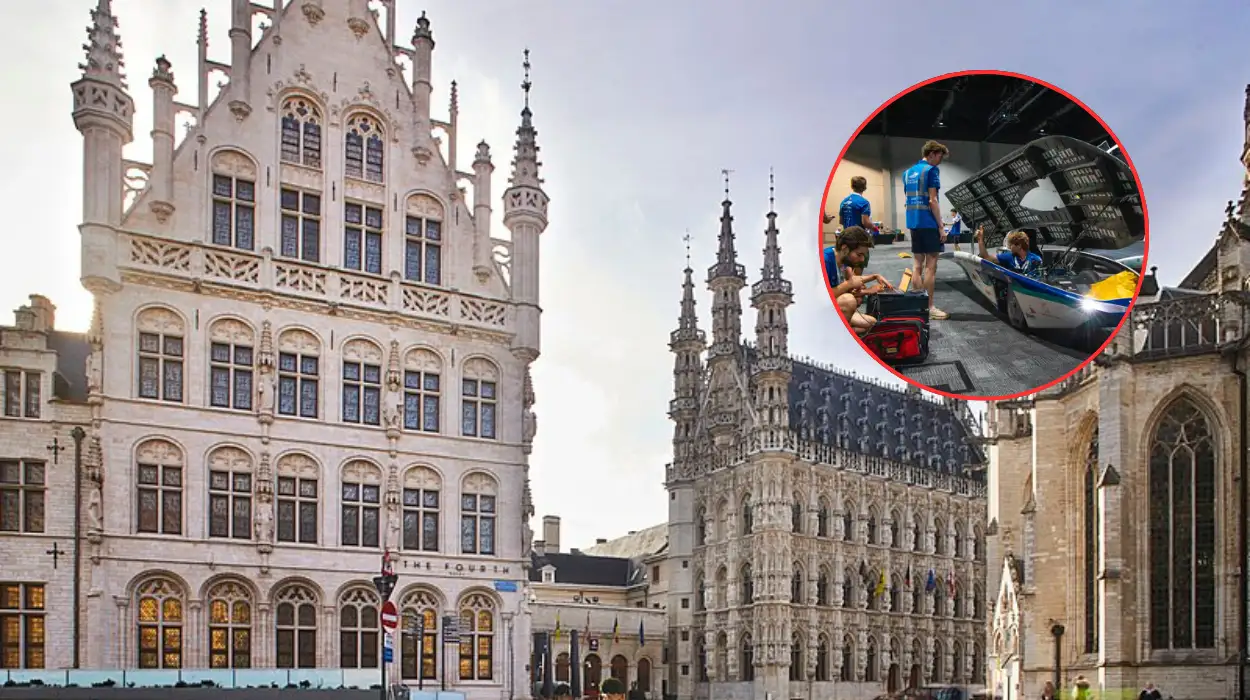Leuven (Brussels Morning Newspaper) – KU Leuven Solar Team passed technical inspection for the Bridgestone World Solar Challenge in Australia. Their cars, Infinite Apollo and The Bounce, will compete in qualifying rounds on August 23 2025.
As VRT News reported, the KU Leuven Solar Team has passed the technical inspection for the Bridgestone World Solar Challenge in Australia. Their main vehicle, the Infinite Apollo, met all safety and performance rules required for the race. The team’s second vehicle, The Bounce, also received approval. KU Leuven students are set to compete in the qualifying rounds on Saturday, August 23, 2025.
What is the KU Leuven Solar team’s plan for the World Solar Challenge?
Competing as the Innoptus Solar Team, KU Leuven won the last 2 editions of the race and collected multiple awards for their solar vehicles. During the Bridgestone World Solar Challenge, all participating solar cars undergo a comprehensive technical inspection to verify that they meet the competition’s strict regulations and safety standards.
Officials pay special attention to pilot safety and review the car’s design, performance, and overall compliance. The KU Leuven students’ solar car, the Infinite Apollo, passed the inspection without any problems.
“It’s essentially a system that allows us to adjust the ride height of our car,
says student Lander Deprez.
“This allows us to drive over a bump in the air in a raised position, then lower it again for greater stability and aerodynamic gains.”
The KU Leuven engineering students are now set to take part in the qualifying round on Saturday, Aug 23 2025. The results of this round will decide the starting order for Sunday’s race. Team manager Wout Rubbrecht said,
“We are very happy with our success. Right now, we are mainly looking forward to Saturday, when the starting order for the race will be determined.”
The Bridgestone World Solar Challenge began in 1987 to encourage renewable energy and alternative transport technologies. The competition is held every 2 years over 3,021 kilometres from Darwin to Adelaide across the Australian outback. The teams compete from all over the world, putting their cars through their paces with regard to speed, efficiency, and robustness.



